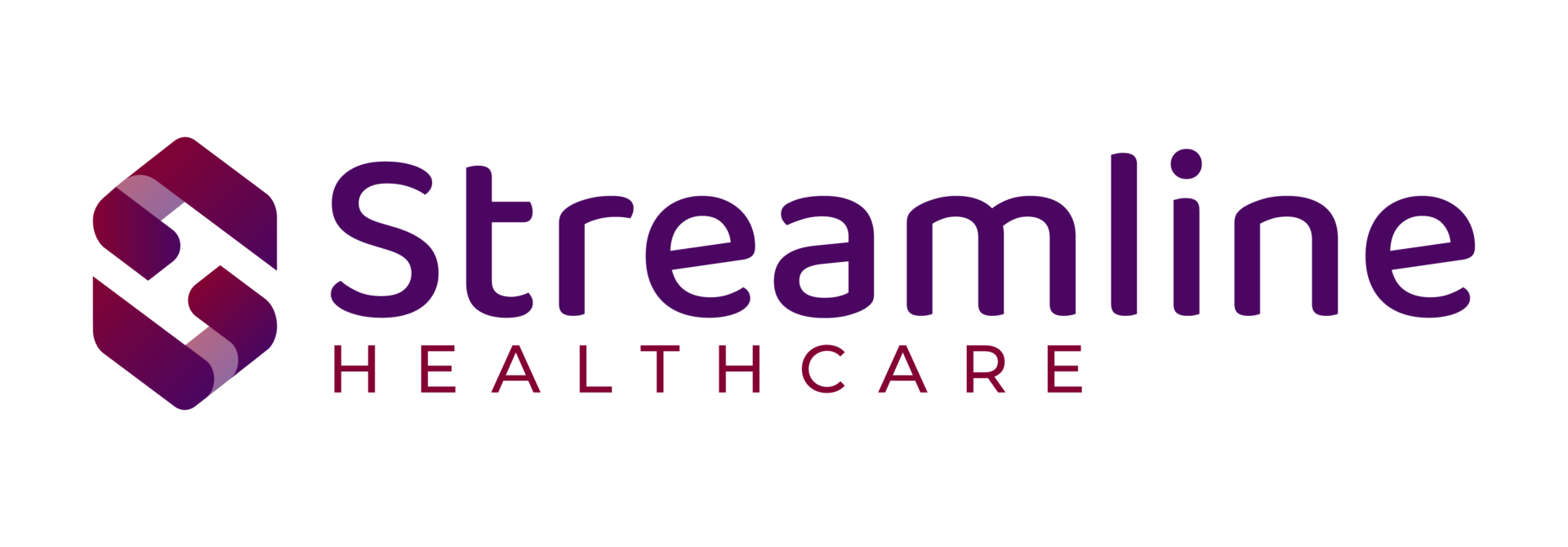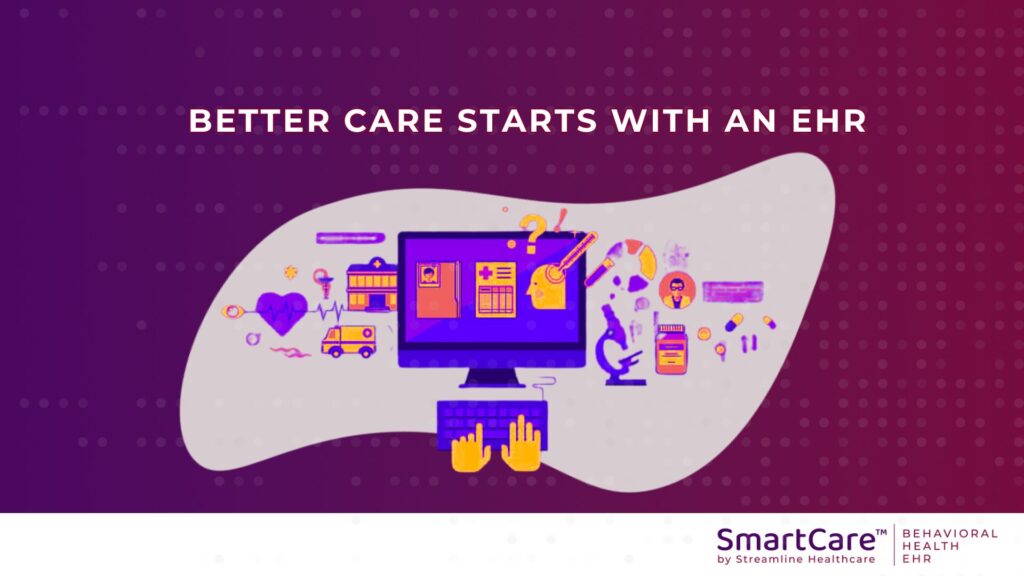Who can see your data?
There has been a recent push for nationwide interoperability among healthcare providers when it comes to secure data sharing — and for good reason. The benefits of exchanging client health data are significant, and many clients actually request services that require it.
When client data is shared safely among healthcare professionals, from medical doctors to mental health treatment centers, and hospitals, the benefits to the client are clear. With the adoption of the electronic health platform, there has been a reduction in client re-admittance, fewer medication errors, and even a decrease in duplicate testing. It’s also been found that treating behavioral health and primary care as separate entities leads to lower quality care. However, when these two approaches are integrated, and information about each treatment is shared, lower costs are realized, and most importantly, client health improves.
Data sharing can help provide client care coordination for all healthcare professionals. It could also be an important tool in fighting back against current healthcare concerns such as the opioid crisis. Currently, primary care doctors have no way of knowing if a client has past opioid usage unless the client chooses to disclose this information.
The benefits to data sharing are so robust that policymakers have begun encouraging, and in some cases requiring, mental healthcare providers to adopt EHR systems with the capability of interoperable data exchange.
However, while the benefits are numerous, and the adoption of EHR systems could significantly help integrate clinical and mental healthcare, it is also important to protect a client’s information by using an EHR that is both MU and HIPPA compliant, and adheres to state and federal reporting requirements.
These requirements can seem daunting to organizations who are slow to implement EHR systems. Lagging in EHR adoption in the mental health field is likely due in part to the increased burden that protecting stored data could put on healthcare providers who are already struggling to find resources. There are concerns that data sharing places a regulatory burden on organizations that may result in a reconsideration of data sharing.
In a world where consumers have everything they need at their fingertips, it’s no surprise that interoperability is in high demand in the healthcare industry. More and more clients are expressing a need for platforms that make their care easy and manageable, such as the e-prescribing and client portal options provided by SmartCare. SmartCare offers a number of important services without bidirectional interfaces, eliminating unnecessary integration and data sharing between multiple legacy systems.
The platform eliminates unnecessary bidirectional interfaces and third-party solutions wherever possible. This puts the focus on areas such as HIE and secure messaging, where interoperability can truly improve the quality of care provided to an individual. It also allows us to focus on the other moving pieces required for health and human service delivery.
Sharing information requires care and thorough education. Having completed the Meaningful Use 2015 Certification, we do have a number of API’s that connect and share information. Shared information includes some client demographics, allergies, current medications, active problem lists, immunizations, vital signs, and care plan data and goals. Sharing this data with other healthcare providers helps offer clients the best care possible.
But while consumers want their services at their fingertips, there is growing concern surrounding the security of their data, as breaches and data exposure becomes more common even within large corporations and trusted sites. Given these concerns, it’s important for healthcare providers to understand the possible risks associated with data sharing. When clients give their information to a medical provider, no matter the discipline, they trust that their information will be kept secure even when shared with other providers.
The owner of the information, or the doctor that took it, should be cognizant of several key details, such as where that data is stored, who has access to it, and with whom it has been shared. Organizations that store sensitive data should also make sure their software is up to date with the latest security upgrades, and that they continue to keep these security programs current. Simple ways to protect data include frequently updating passwords, and never allowing employees to share passwords with each other. Extensive employee training is a large part of keeping data secure as they are the ones working with that data on a daily basis.
Moving toward interoperability means keeping data safe and secure along the way. This also means considering a client’s preference when it comes to sharing their data. Pushing interoperability means providing a safe, trusted, and secure system of data where clients feel comfortable storing their information. There will need to be transparency around how data is used and, of course, full disclosure if that data is compromised.
While data sharing will help boost interoperability among healthcare providers, it’s important to make sure any platform you use complies with HIPAA regulations and to eliminate unnecessary data sharing whenever possible.




